Beautiful Plants For Your Interior
Beautiful Plants For Your Interior
As a seasoned gardener, I’ve witnessed countless beginners stumble upon pitfalls that hinder their raised bed endeavors. From towering beds to barren soil, let’s explore 15 common mistakes to avoid.
Embark on this journey with me, and together, we’ll ensure your raised bed gardening adventure flourishes with bountiful harvests.
| Mistake | Consequences |
|---|---|
| Building raised beds too high | Difficult to reach plants, poor drainage |
| Not amending raised bed soil | Poor soil quality, stunted plant growth |
| Overwatering | Root rot, disease |
| Not providing enough drainage | Waterlogged soil, root rot |
| Planting too densely | Competition for nutrients, sunlight, air |
| Not fertilizing | Poor plant growth, reduced yields |
| Not protecting from pests | Damage to plants, reduced yields |
| Not rotating crops | Nutrient depletion, pest and disease issues |
| Not mulching | Weed growth, soil erosion, temperature fluctuations |
| Using unhealthy plants | Disease spread, poor yields |
| Not hardening off plants | Transplant shock, reduced survival |
| Not paying attention to weather conditions | Frost damage, sunscald |
| Not planning ahead | Poor bed layout, wasted space |
| Getting discouraged | Abandoned garden, missed benefits |
| Not having fun | Gardening should be enjoyable |
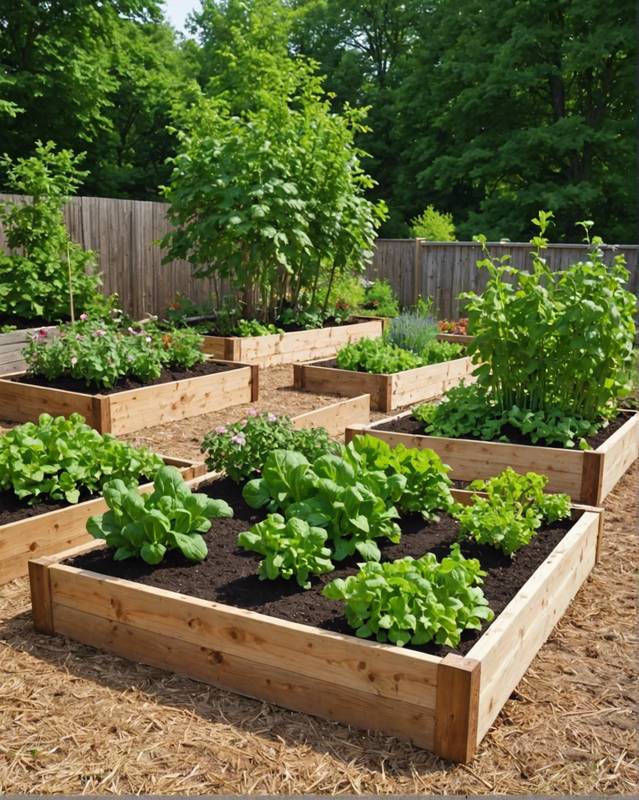
Building raised beds too high can lead to several issues.
First, it makes it difficult for plants to access the water and nutrients in the soil, leading to stunted growth and poor yields.
Additionally, high raised beds can become unstable, especially in windy conditions, increasing the risk of soil erosion and damage to plants.
Overly tall beds can also hinder access for tending to plants, such as weeding or harvesting.
Aim for a raised bed height of 12-18 inches, allowing for optimal plant growth and ease of maintenance.
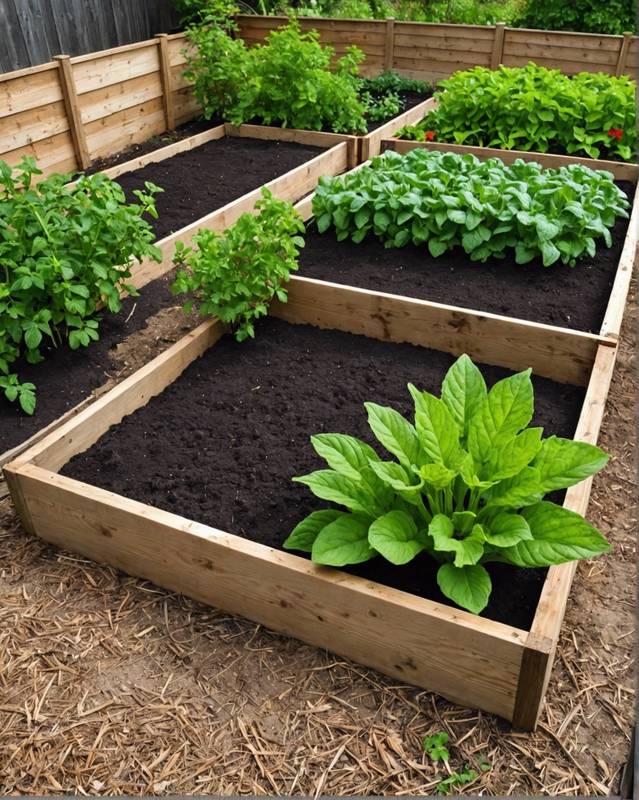
Amending the soil in raised beds is crucial for optimal plant growth.
However, many beginners overlook this essential step, leading to stunted growth and poor yields.
Raised bed soil should be amended with organic matter, such as compost or manure, to enrich it with nutrients and improve drainage and aeration.
Skipping soil amendment can result in compacted and nutrient-deficient soil, making it difficult for plants to establish strong root systems and absorb the necessary nutrients.
In the long run, this can lead to a decrease in plant health, reduced yields, and an overall less successful raised bed garden.
Therefore, it’s essential to take the time to properly amend raised bed soil before planting to ensure optimal growing conditions and a thriving garden.
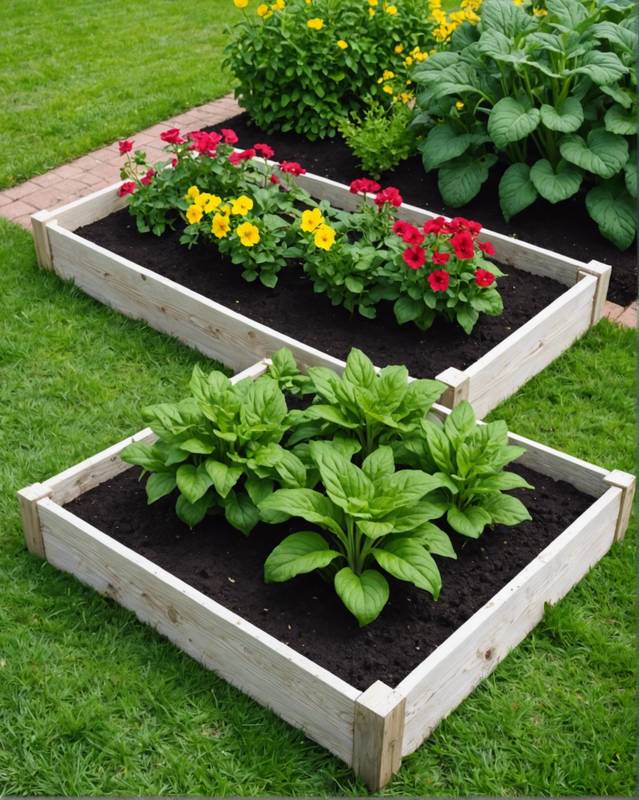
One common pitfall for beginners is overwatering.
While it’s important to keep your raised bed moist, too much water can drown the roots, leading to stunted growth and disease.
Stick to a regular watering schedule, especially during cooler months, and avoid waterlogging.
If you’re unsure if your bed needs water, feel the soil an inch or two below the surface.
If it’s dry to the touch, it’s time to water.
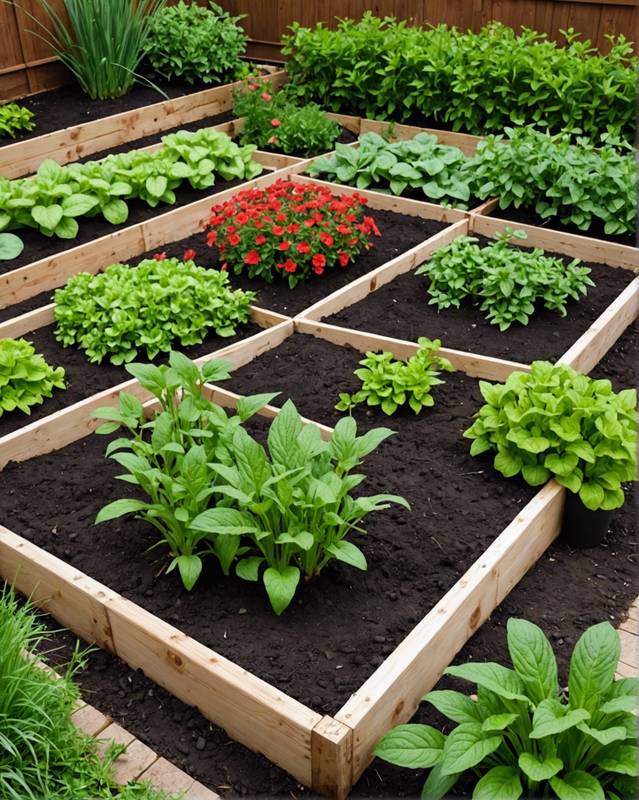
Raised beds need drainage holes to prevent waterlogging, which can lead to root rot and disease. Without proper drainage, the soil becomes saturated, suffocating plant roots.
Signs of poor drainage include wilting leaves, yellowing foliage, and stunted growth.
Remember to drill or cut drainage holes in the bottom of your raised bed and place it on a slightly elevated surface to promote water runoff.
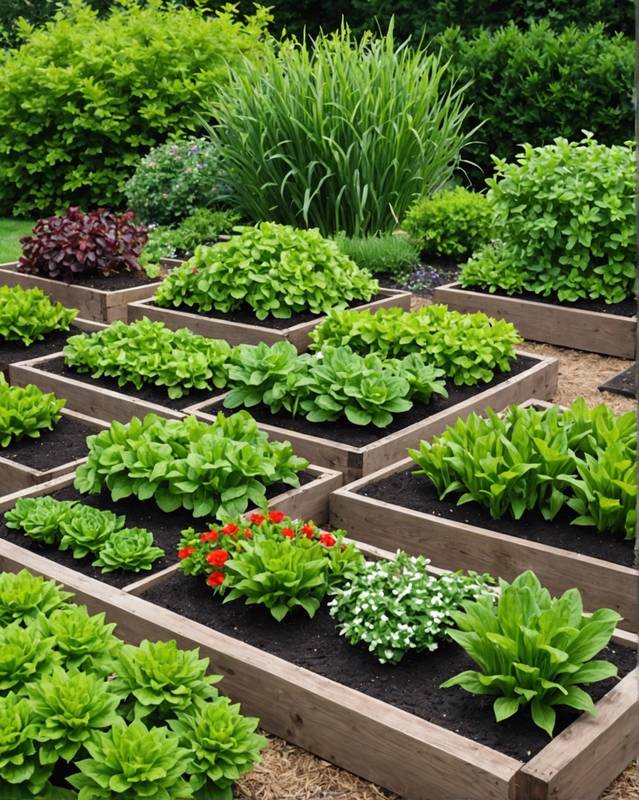
Crowding plants in raised beds can be a pitfall for beginners. When plants are packed too tightly, they compete for sunlight, water, and nutrients.
This can lead to stunted growth, reduced yields, and susceptibility to pests and diseases.
To avoid these issues, give your plants ample space to develop and thrive. Plant according to the recommended spacing for each species and consider thinning out seedlings as needed.
By providing enough space, you’ll maximize the health and productivity of your raised bed garden.
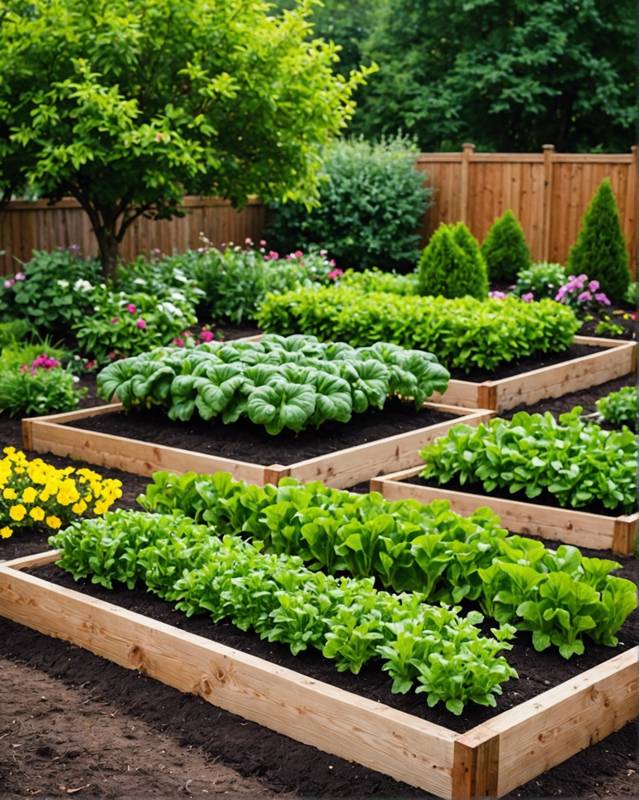
Overfertilizing raised beds can lead to a host of problems, including nutrient burn, reduced growth, and even death of plants. While it’s important to provide your plants with essential nutrients, it’s equally important to avoid overfeeding them.
If you’re not sure how much fertilizer to use, it’s always best to start with a low dose and increase it gradually as needed.
It’s also important to choose a fertilizer that is appropriate for the type of plants you’re growing. Too much nitrogen, for example, can lead to leggy, weak plants with few flowers or fruits.
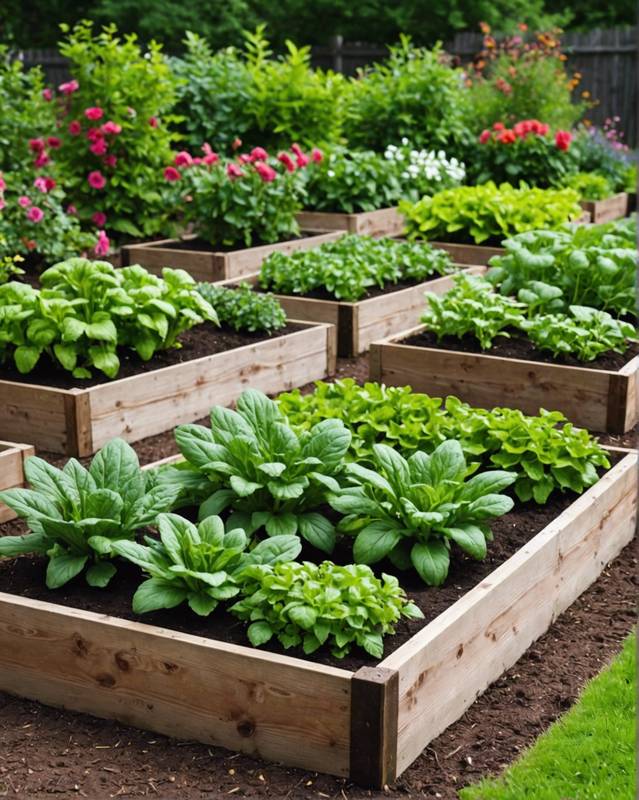
Pests can be a major headache for raised bed gardeners. They can eat your plants, spread diseases, and generally make your life miserable.
If you don’t take steps to protect your plants from pests, you’re likely to end up with a disappointing harvest.
There are a number of things you can do to protect your raised bed plants from pests. Using row covers is a great way to keep insects away from your plants.
You can also use companion planting to deter pests.
Certain plants, such as marigolds and nasturtiums, can help to repel pests. Additionally, you should regularly inspect your plants for pests and remove any that you find.
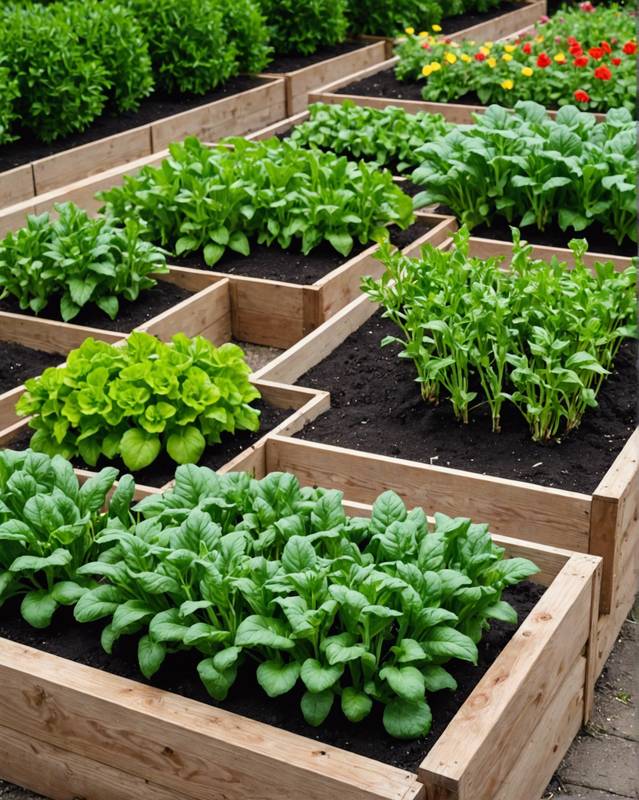
Crop rotation is an essential gardening practice that helps maintain soil health, prevent disease, and maximize yields.
When you don’t rotate crops, you risk depleting the soil of specific nutrients, increasing the likelihood of disease, and attracting pests.
For instance, if you plant tomatoes in the same bed year after year, the soil can become depleted of nitrogen and potassium, making the plants more susceptible to diseases like blight and blossom end rot.
Additionally, pests that feed on tomatoes, such as hornworms and aphids, can build up populations in the soil if tomatoes are grown in the same location repeatedly.
By rotating crops, you distribute these issues over different parts of the garden, reducing their impact on any one bed.
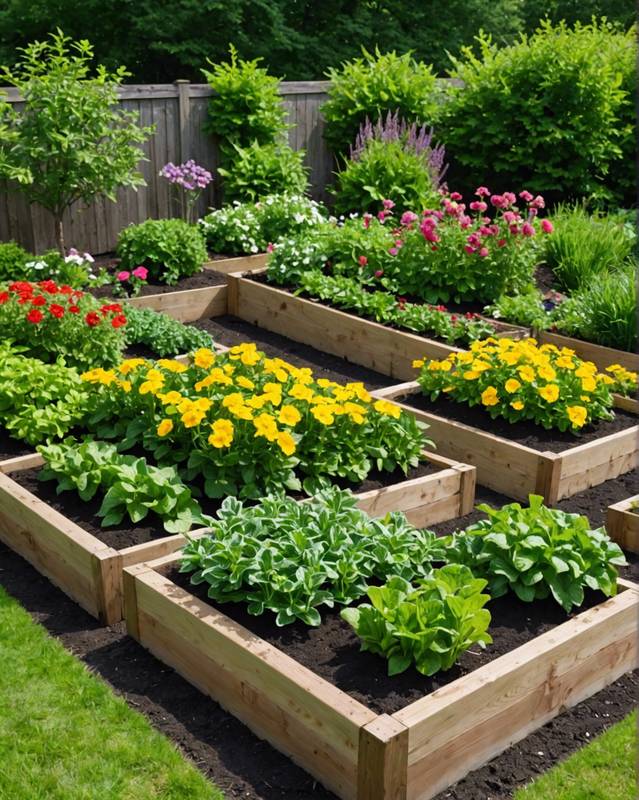
Mistake #11: Not Mulching Mulching provides a multitude of benefits for your raised bed, including moisture retention, weed suppression, temperature regulation, and improved soil health. By skipping mulching, you lose out on these advantages and risk compromising the growth and overall well-being of your plants.
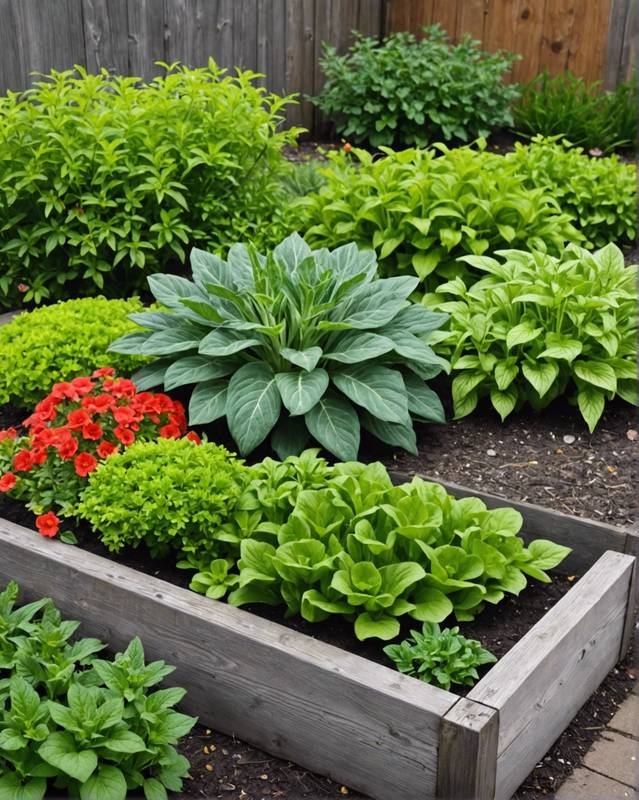
One of the most common mistakes beginners make is using unhealthy plants.
When you start with weak or diseased plants, you’re setting yourself up for failure.
Diseased plants are more susceptible to pests and diseases, and they will not produce as much food.
If you do end up with unhealthy plants, it’s best to remove them from your garden as soon as possible.
This will help to prevent the spread of disease to your other plants.
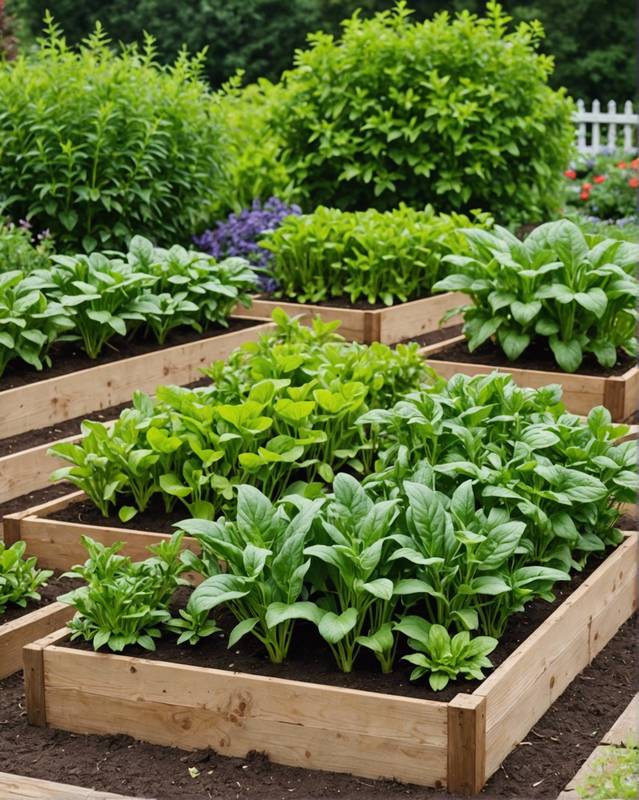
Hardening off plants is a crucial step before transplanting them outdoors. By gradually exposing them to outdoor conditions, you help them adapt to the real world and reduce transplant shock.
Skipping this process can lead to wilting, yellowing, and even death.
So, take your time and give your plants the love they need to thrive in their new home.
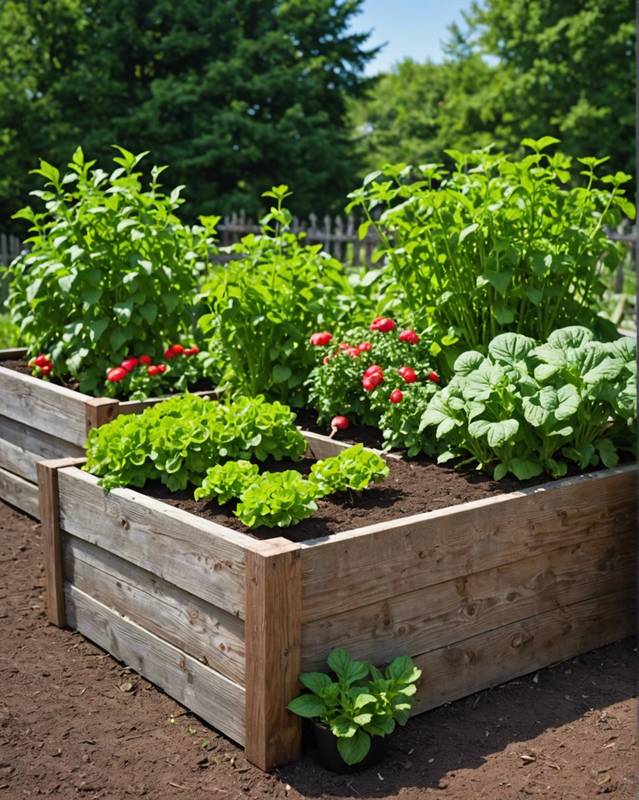
Weather is a key factor in gardening success. Not paying attention to weather conditions can lead to a number of problems, including: Overwatering or underwatering plants Plants being damaged by wind or hail Plants being scorched by the sun Plants being killed by frost It is important to be aware of the weather conditions in your area and to adjust your watering and care accordingly.
For example, if you know that a storm is coming, you should water your plants deeply so that they have enough water to last through the storm.
You should also protect your plants from wind and hail by covering them with a tarp or moving them to a sheltered area.
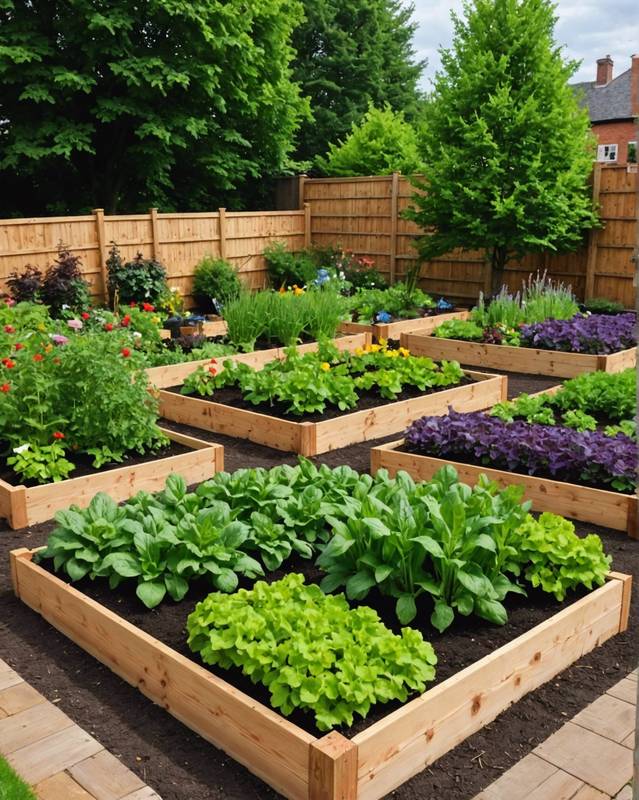
Lack of planning can derail your raised bed gardening adventure. Without a clear plan, you may end up with haphazard bed placement, inadequate soil preparation, or a chaotic mix of plants that compete for resources.
Take the time to plan the location, size, and orientation of your beds.
Consider the sunlight needs of your plants and group them accordingly. Don’t forget to prepare the soil thoroughly, incorporating compost or manure to ensure optimal growing conditions.
A well-planned raised bed will set the stage for a thriving and productive garden.
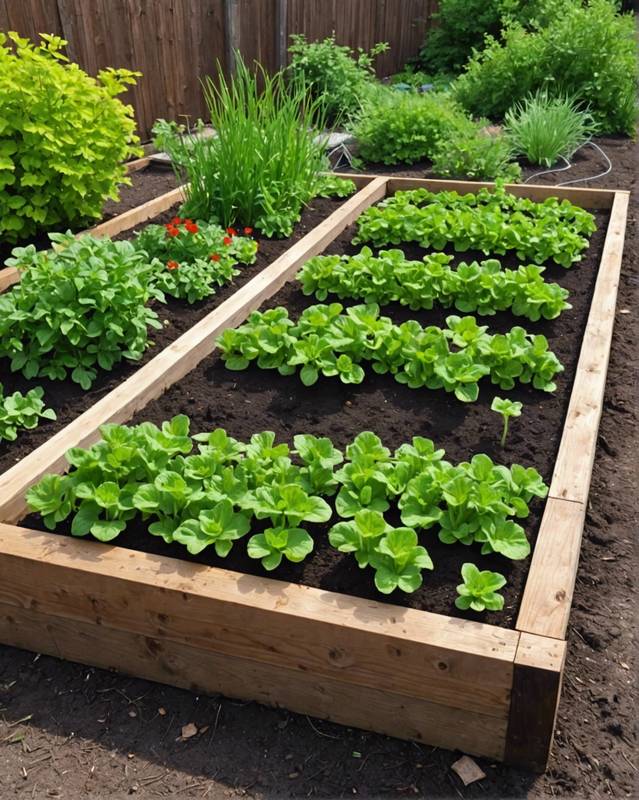
It can be easy to become discouraged if your vegetables aren’t growing as you hoped. Don’t give up! Gardening is a learning process.
Take some time to troubleshoot the problem.
Determine if your plants are getting enough sunlight, water, and nutrients. Make sure the soil is well-drained.
Once you’ve identified the issue, you can take steps to correct it and get your plants back on track.
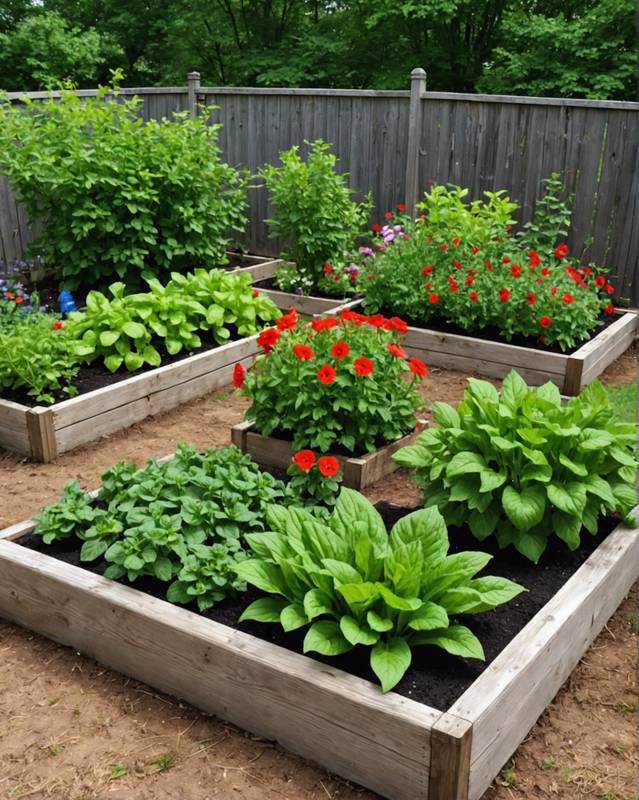
If you’re finding raised bed gardening more like a chore than a joy, it’s time to rethink your approach.
Gardening should be an enjoyable hobby, not a source of stress.
Consider if you’re biting off more than you can chew.
Start with a smaller garden size to reduce workload and make it more manageable.
It’s also crucial to choose plants that thrive in your climate and soil conditions.
This will minimize maintenance and ensure your garden brings you pleasure, not headaches.